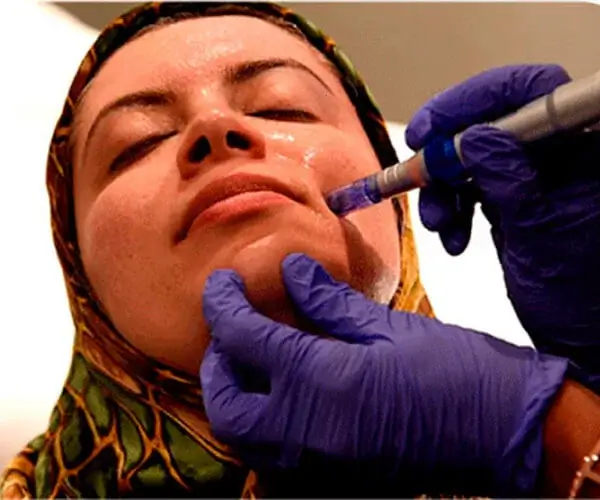Learn How to Do a Facial
By Dr. Stephen Cosentino
PRESIDENT OF EMPIRE MEDICAL TRAINING
Among aesthetic medicine and med spa providers, minimally invasive injectables like Botox® and dermal fillers get outsize attention. That’s not surprising — they’re cost-effective treatments that quickly produce visible, age-defying results.
A well-rounded aesthetic practice does much more than Botox and fillers though. It offers a range of other minimally invasive treatments, from laser therapy and chemical peels to old-fashioned body and facial massage.
If you’re just breaking into aesthetic medicine or looking to round out your practice, it’s time for you to learn how to do a facial massage and skin treatment. Here’s where to start.
How to Perform a Facial Massage
These are the basic steps in a facial massage.
1. Determine the Skin Type
First, do a skin analysis to reveal the patient’s skin type — or your own, if you’re doing a DIY facial. There are four main skin types:
- Dry
- Balanced
- Oily
- Combination (two or more skin types in the same area)
Look for skin conditions that may interfere with your treatment plan or interact with the skincare products you plan to use.
2. Make a Facial Treatment Plan
Make a patient-specific treatment plan that covers:
- The area to be treated
- The specific facial massage techniques you plan to use
- The skincare products you plan to use
- The order of operations
- Any additional treatments, such as hot stone massage or aromatherapy massage
3. Prepare the Treatment Area
Next, cleanse the face using an exfoliating cleanser with no alcohol. Dry the area completely.
4. Use Your Hands or a Massage Tool to Massage the Face
Use your fingers or a specialized facial massage tool to stimulate and exfoliate the facial skin. You can use a steam treatment or hot stones to open the pores and stimulate blood flow.
5. Apply a Face Mask and Other Treatments as Needed
Next, apply a face mask or sheet mask tailored to the patient’s skin type. Remove it before it dries out to avoid damaging the patient’s skin.
6. Moisturize the Skin
Finish with hydrating serum and other moisturizing products as appropriate for the patient’s skin type.
Why Should You Learn to Do a Facial?
Why learn to perform a facial? Because it’s a popular procedure that aesthetic patients love. Besides, there are numerous benefits of facial massage:
- Reducing the appearance of fine lines and wrinkles
- Lending a fuller, more youthful appearance to facial skin
- Relieving sinus pressure
- Relaxing the facial muscles, including those responsible for TMJ issues
- Relaxing the patient themselves
- Improving facial blood flow
Learn How to Do a Facial — From the Best
It’s easy to find step-by-step instructions for facial massage and skin treatments online. But if you really want to set your practice apart, you need to learn from the best.
Consider enrolling in a complete aesthetic facial course through an accredited medical continuing education provider. You’ll learn from active practitioners with years of experience, gaining critical insights that less comprehensive courses omit.
Accredited medical and aesthetic education providers offer instruction in more specialized types of facials, such as platelet rich plasma (PRP) facials, and in other popular cosmetic and aesthetic practices too. If you’re so inclined, you can enroll in courses covering cosmetic and deep skin care procedures like PDO thread lifts and cosmetic laser therapy.


